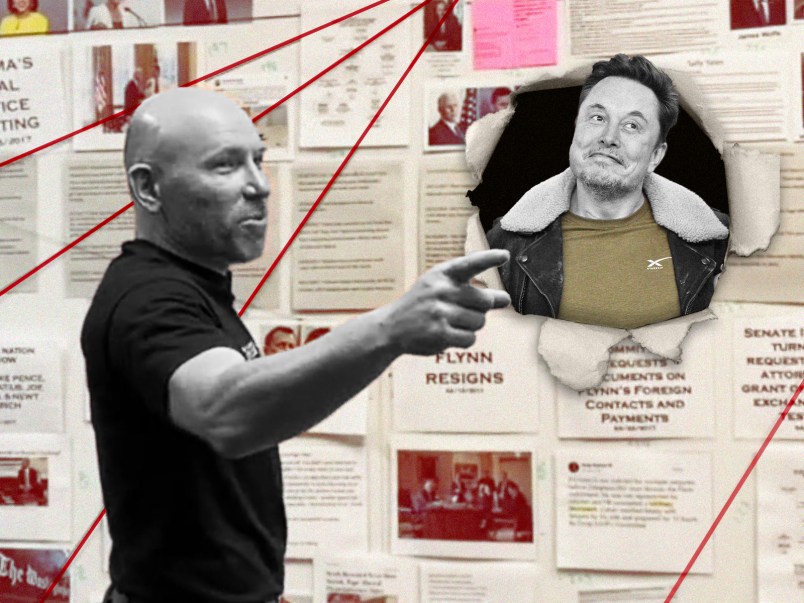1||March 29, 2011: On Tuesday, the Mercury Messenger began broadcasting the first images back to Earth from its historic orbit around the solar system’s innermost planet.
This image, the first of some 360 taken by the unmanned probe, shows a closeup view of Mercury’s richly cratered surface. ||NASA/Johns Hopkins University Applied Physics Laboratory/Carnegie Institution of Washington&&
2||This photo of Mercury’s surface shows the Debussy crater (top left) in great detail, including the white ring of impact ejecta, and the smaller secondary craters arrayed around the central impact point. ||NASA/Johns Hopkins University Applied Physics Laboratory/Carnegie Institution of Washington&&
3||An artist’s rendering of Messenger approaching Mercury. The probe, launched in 2004, began a year-long orbital observation this month. ||NASA/Johns Hopkins University Applied Physics Laboratory/Carnegie Institution of Washington&&
4||Near Mercury’s north pole, craters appeared in deep shadow as a result of the sharp angle of the Sun’s rays. ||NASA/Johns Hopkins University Applied Physics Laboratory/Carnegie Institution of Washington&&
5||The new images of Mercury revealed entire areas and craters that had never before been seen. ||NASA/Johns Hopkins University Applied Physics Laboratory/Carnegie Institution of Washington&&
6||The new images came 37 years to the day after the Mariner 10 made the first ever fly-by of the planet. ||NASA/Johns Hopkins University Applied Physics Laboratory/Carnegie Institution of Washington&&
7||Messenger used a wide-angle camera (WAC) outfitted with 11 color filters to capture the images. By deciphering the color images, NASA scientists hope to discern the mineral composition of various parts of the planet. ||NASA/Johns Hopkins University Applied Physics Laboratory/Carnegie Institution of Washington&&
8||||NASA/Johns Hopkins University Applied Physics Laboratory/Carnegie Institution of Washington&&
9||||NASA/Johns Hopkins University Applied Physics Laboratory/Carnegie Institution of Washington&&
10||This image — captioned ‘Simply Beautiful’ on NASA’s website — depicts a fresh crater formed by a relatively direct strike, thus forming the highly symmetrical bowl shape. ||NASA/Johns Hopkins University Applied Physics Laboratory/Carnegie Institution of Washington&&
11||In 2008, Messenger sent back images from a fly-by of Mercury, though it hadn’t yet gone into orbit around the planet. ||NASA/Johns Hopkins University Applied Physics Laboratory/Carnegie Institution of Washington&&
12||This image, the first taken on that 2008 fly-by, shows a portion of Mercury near the ‘terminator line,’ the dividing line between the light and dark side of the planet. ||NASA/Johns Hopkins University Applied Physics Laboratory/Carnegie Institution of Washington&&
13||||NASA/Johns Hopkins University Applied Physics Laboratory/Carnegie Institution of Washington&&
14||With such a thin atmosphere, Mercury, like the moon, is highly susceptible to asteroid strikes. This image, taken in 2008, shows 763 craters in a region 172 miles wide. ||NASA/Johns Hopkins University Applied Physics Laboratory/Carnegie Institution of Washington&&
15||||NASA/Johns Hopkins University Applied Physics Laboratory/Carnegie Institution of Washington&&








